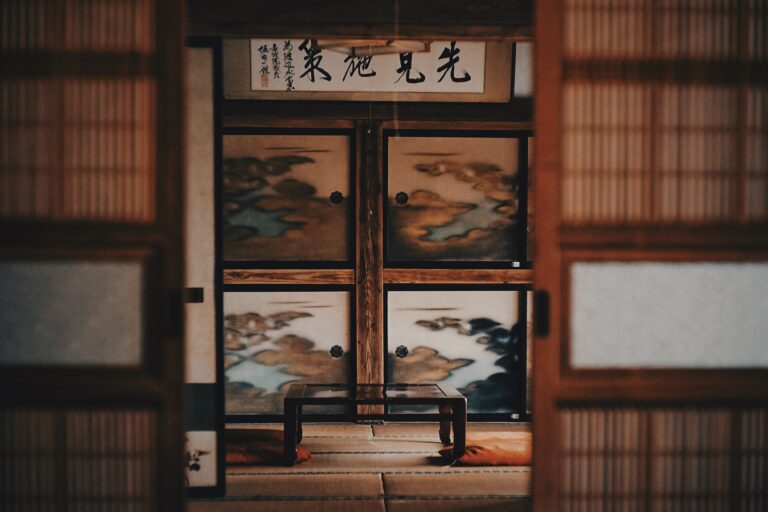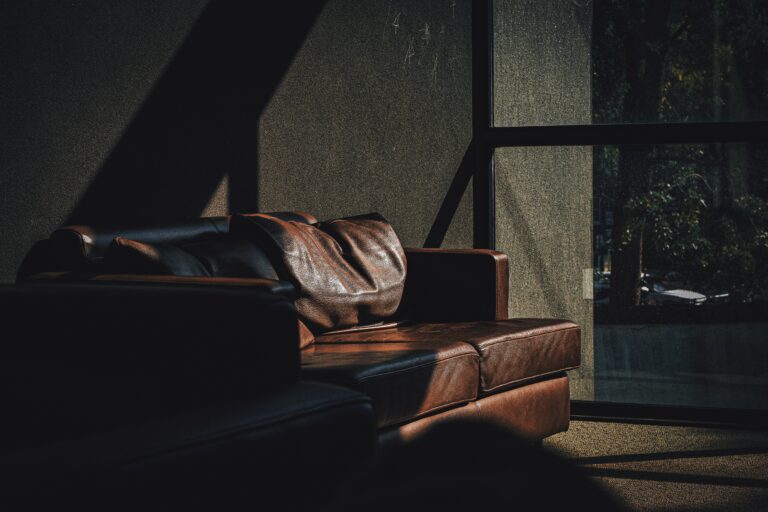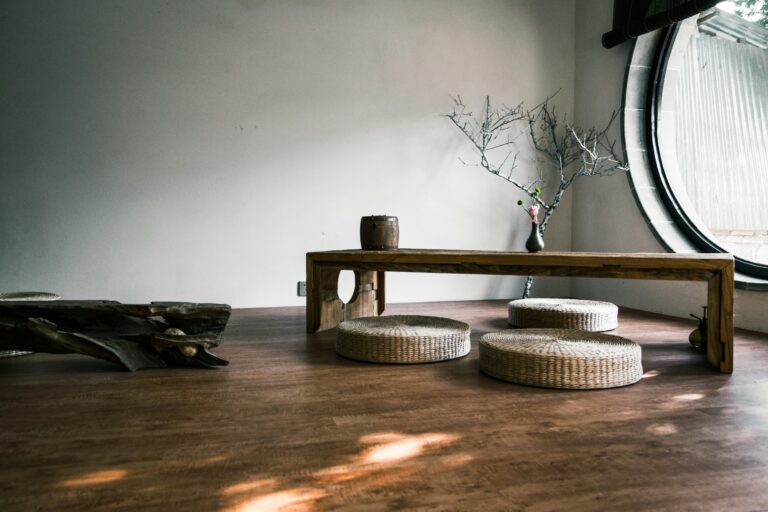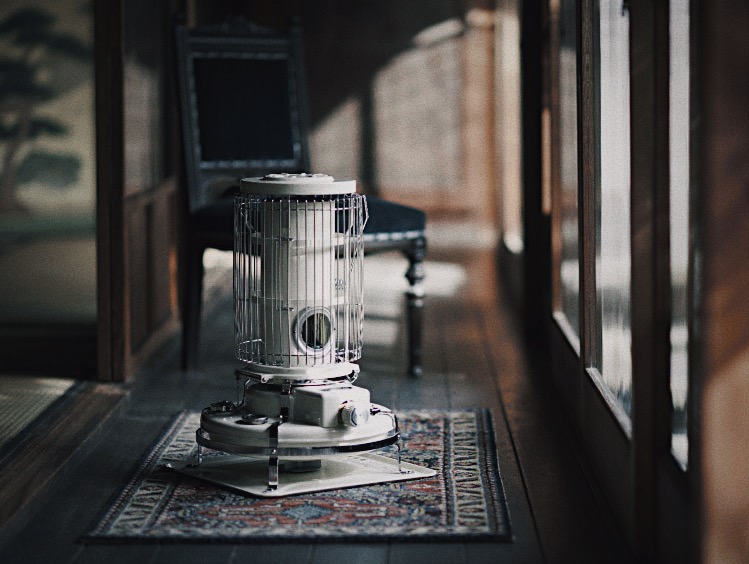Old traditional kominka house conversions are a plentiful and elegant opportunity all across Japan. Here’s our round-up of adaptive reuse basics and plenty of inspo to get your wheels turning!
Adaptive Reuse of Kominka for Modern Life
When zoning and official permissions are appropriately navigated, renovated kominka can serve as hotels, hostels, galleries, cafes, restaurants, guesthouses, community centers and more, blending traditional charm with contemporary functionality. The adaptive reuse of kominka allows these houses to continue their legacy as valuable assets in modern society, showcasing the resilience and adaptability of traditional Japanese architecture.
While preserving the historical integrity of kominka is valuable, renovation and adaptation are often preferred to make them suitable for expectations of modern living. Renovations often involve updating utilities, reinforcing structural integrity, and making adjustments to facilitate thermal comfort. The challenge lies in finding a balance between preserving the original architectural elements and incorporating modern amenities and comforts.
Revitalization Efforts and Adaptive Reuse of Kominka
In recent years, there has been a growing recognition of the historical and cultural value of traditional Japanese houses, leading to efforts for their revitalization and adaptive reuse. With the decline of traditional industries and changing lifestyles, many kominka fell into disrepair and were at risk of demolition. However, some preservation organizations, local governments, and private initiatives have stepped in to restore and repurpose these architectural gems.
Revitalization efforts not only contribute to the preservation of Japan’s architectural heritage but also support local economies, attract tourists, and promote community engagement in urban renewal projects.
Restoring and Preserving Old Houses in Japan
While it may be easy to see the value in preserving kominka, machiya and old Japanese houses, it is easier said than done. Renovation and restoration of these houses differ significantly from those practiced abroad. This presents unique challenges and considerations, from cultural implications, navigating local organizations, understanding unique regionally-specific materials, and more.
What Is Adaptive Reuse and How Can We Use It for Old Japanese Houses?
Adaptive reuse refers to the practice of repurposing existing buildings or structures for new and different uses, while retaining their historical, architectural, or cultural significance. Instead of demolishing or abandoning old structures, adaptive reuse involves creatively adapting them to serve modern functions and meet contemporary needs.
This process often involves the renovation, restoration, and modification of the existing building to accommodate the desired new use. Adaptive reuse embraces the idea of sustainability by making use of existing resources, reducing waste, and preserving the character and heritage of a place.
It allows for the preservation of historical and architectural value while promoting the revitalization of communities and the integration of old structures into the fabric of contemporary society.
Rising Popularity of Adaptive Reuse in Repurposing Vacant Akiya Houses
In recent years, there has been a notable rise in the popularity of adaptive reuse, where old houses are repurposed for new functional uses. Rather than allowing them to fall into disrepair or face the threat of demolition, individuals, communities, and businesses are recognizing the potential of repurposing old houses.
Japan faces a rising number of vacant homes, reaching nearly 3.5 million in 2018 and expected to hit 4.7 million by 2030 due to an aging population. Concerns about security and sanitation arise as these homes decay. Efforts are underway to repurpose these properties for tourism without directly acquiring or funding renovations. Collaboration with local governments and businesses aims to encourage owners to convert idle homes, particularly traditional folk houses, into accommodations. The appeal to foreign tourists seeking authentic experiences is recognized. Despite increased inbound tourism, there’s an emphasis on finding unique solutions through partnerships, reflecting a belief in the complementary contributions of different lodging options to Japan’s growing tourism industry.
Read Also: Airbnb looks to convert Japan’s empty homes into tourist lodgings
Transforming old houses into functional assets, such as guest houses, eco lodges, cafes, restaurants, galleries and shops.
Their unique architectural features, historical charm, and tranquil atmospheres make them ideal settings for businesses seeking to create an authentic, distinctive and memorable experience for their customers.
These repurposed old houses retain their original aesthetic appeal while incorporating modern amenities and services. Guest houses, for example, provide travelers with an opportunity to immerse themselves in traditional Japanese living, offering a unique and authentic accommodation experience.
Cafes and shops housed within old houses create an ambiance that merges the old and the new, attracting customers who appreciate the blend of tradition and contemporary offerings.
Benefits and Opportunities of Adaptive Reuse for Local Economies and Tourism
Repurposed old houses are attractive to tourists, attracting visitors interested in experiencing the rich cultural heritage and unique architectural styles of Japan. The presence of these repurposed establishments generates foot traffic, revitalizes neighborhoods, and stimulates local businesses.
Additionally, adaptive reuse fosters cultural exchange as visitors and residents engage with traditional Japanese aesthetics, and trade / craft practices. This not only supports the preservation of cultural heritage but also encourages cross-cultural understanding and appreciation.
Ultimately, the adaptive reuse of old houses bolsters local economies, enhances tourism opportunities, aligns with green tourism efforts and contributes to the overall vitality and sustainability of the community.






